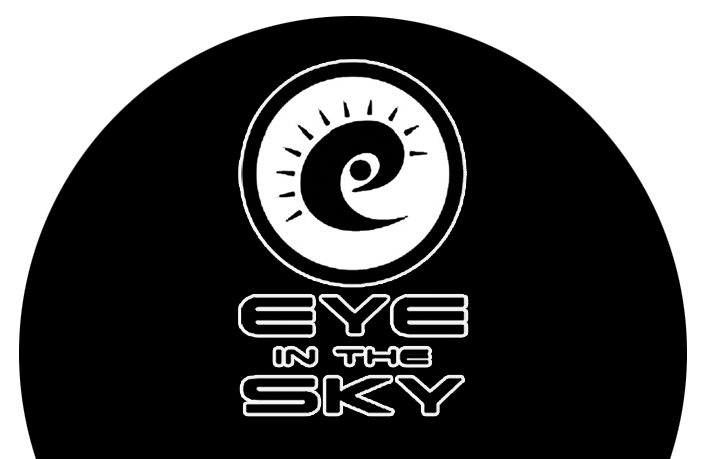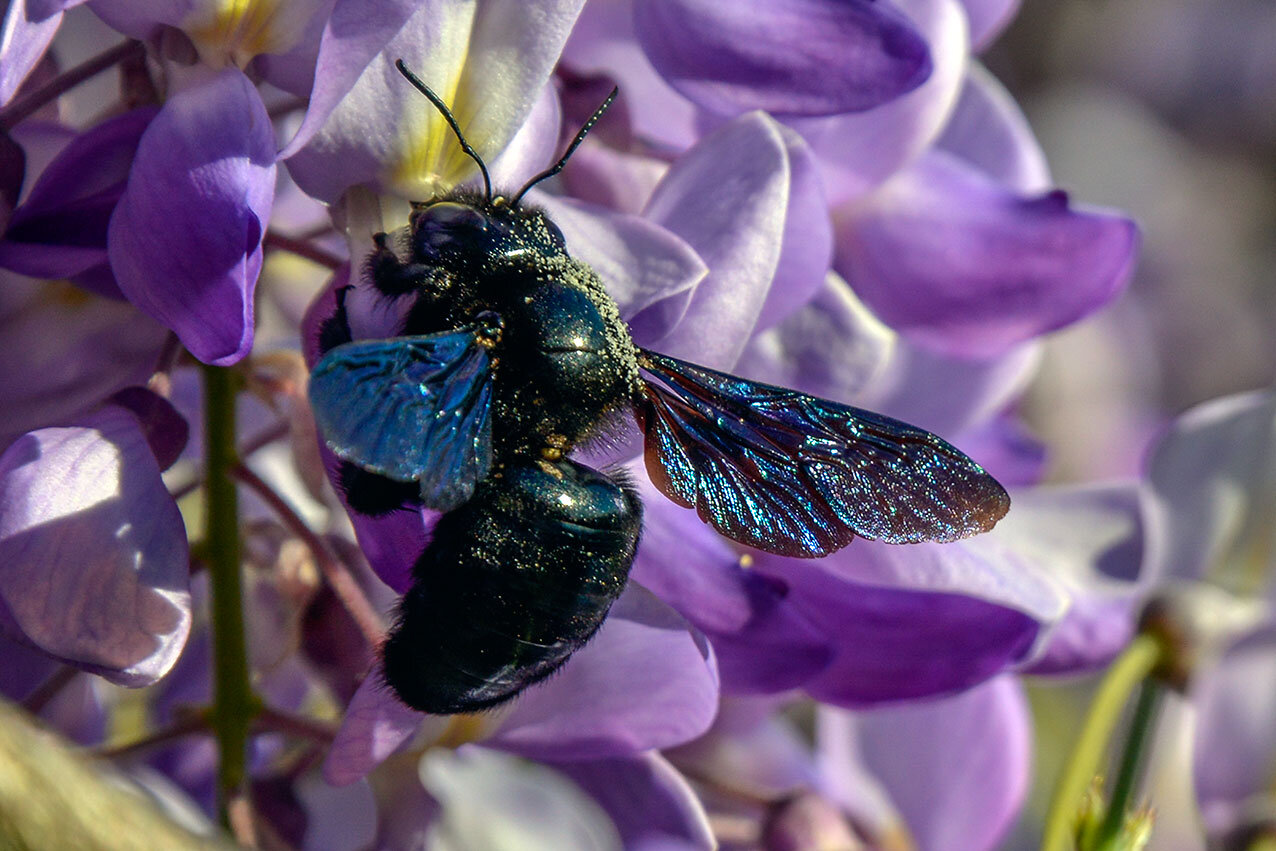CLOSEUPS
TECHNIQUES - Closeups
Shooting in this small world is harder than it appears. If your lens does not focus closer than say 30cms, then you may need to get a specific close up lens (Macro). The closer you get to an object the shallower its depth of field, so you ideally need small aperture of f.22 or more. If not, you may only get one side of say an insect or fish in focus. But the downside is with a small aperture of f.36, your subject may well all be in focus, but your shutter speed will be much slower aperture to compensate. So what this means is that the fast moving wings of a insect will be blurred (o). So to counter this, you need more light, lots of it. So a lens mounted ring flash or external flash works well here, or if not a very bright sunny day.
Alternatively, if you prefer, you can have a shallow DoF, like the guitarist (c), note how here the DoF is only a few centimetres. Here it is not an issue as we know what the subject is, so the entire guitar neck does not need to be in focus.
Shooting your subject as a plan view does away with needing a large DoF, like the Monarch butterfly (m). Here the ground beneath it is out of focus, which only defines the Monarch more. But with (I and j) you need a fairly large DoF here so that the whole insect is in focus.
But the problem with shooting insects, like wildlife, is you! Ideally you should not be there. Tricky I know but there are options that allow you to set your camera up next to say a flower - where you know bees or wasps are gathering pollen - and fire the shutter remotely. If you use a system like the ‘Cam Ranger’, you can use you mobile phone, tablet or laptop to monitor what the camera is seeing and shoot at the right moment, up to say 50 meters away. It’s really cool. See more here.
Images (b, d and f) were shot looking into an aquarium, the external flash was firing down from the glass on top of the aquarium.
All photographs © Jon Davison 2021
BACK TO MAIN MENU






















